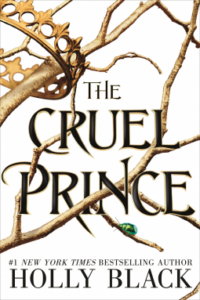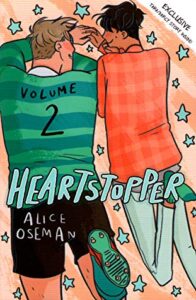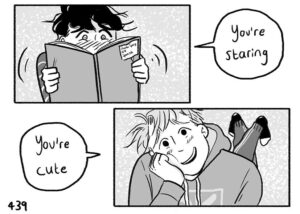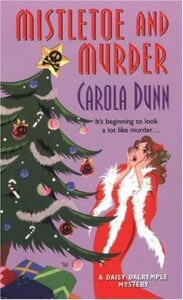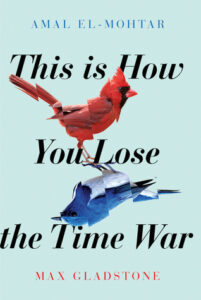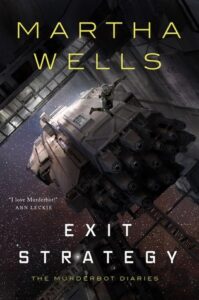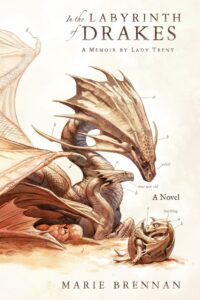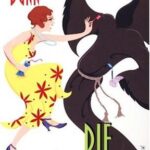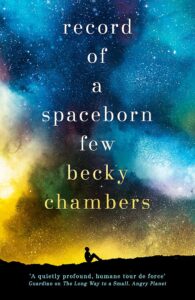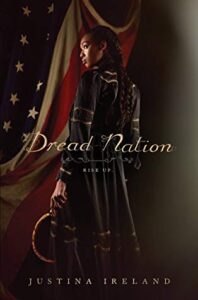The three ‘W’s are what are you reading now, what have you recently finished reading, and what are you going to read next, and you can find this week’s post at the host’s blog here if you want to check out other posts.
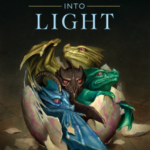 What are you currently reading?
What are you currently reading?
Most actively, I’m neck-deep in Turning Darkness into Light by Marie Brennan, the sequel to the Memoirs of Lady Trent series! Audrey is a delight, and I do so adore the way these books showcase the scientific and academic processes — coming from a background of both literature (with a lot of focus on translation) and later science as well, it’s just. Yay!
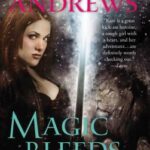 What have you recently finished reading?
What have you recently finished reading?
I read Magic Bleeds on our flight back from Worldcon! (Well, half of it; I read the first half before — the flight isn’t that long/I don’t read that fast!) It has some of my pet peeves in fiction (miscommunication) and yet Kate and Curran are so extreme and stupid it ends up just being funny to me.
 What will you be reading next?
What will you be reading next?
I don’t know! I still have a crowded TBR for August, and I haven’t read even half of those books yet. I have a bunch of them half-finished, though. I know that the library really wants the book on the Aztecs back (in fact, the lady was reluctant to re-issue it at all) because someone shouldn’t have let me have it (it’s a reference book), so maybe I’ll get on with reading that!
What are you currently reading?

